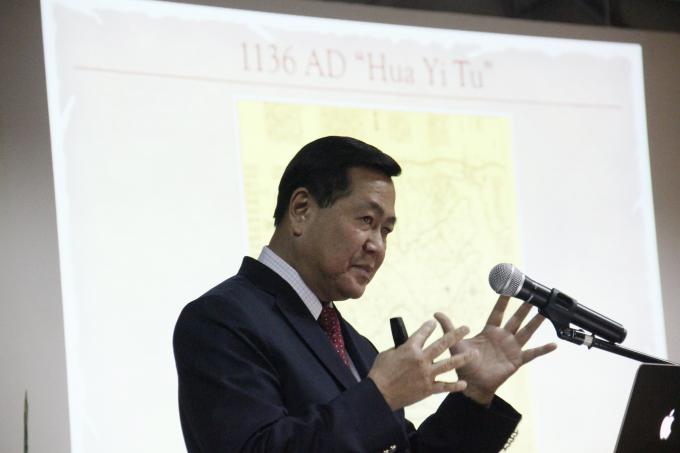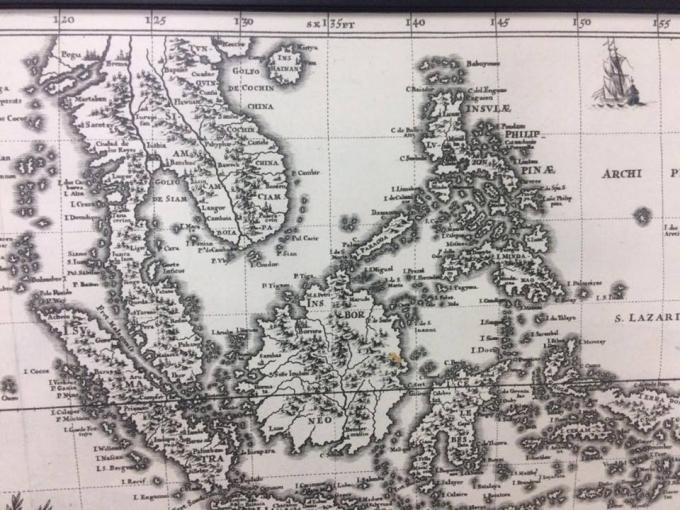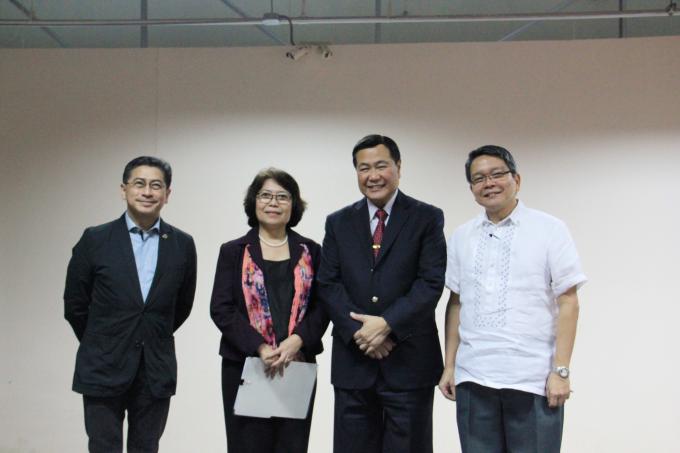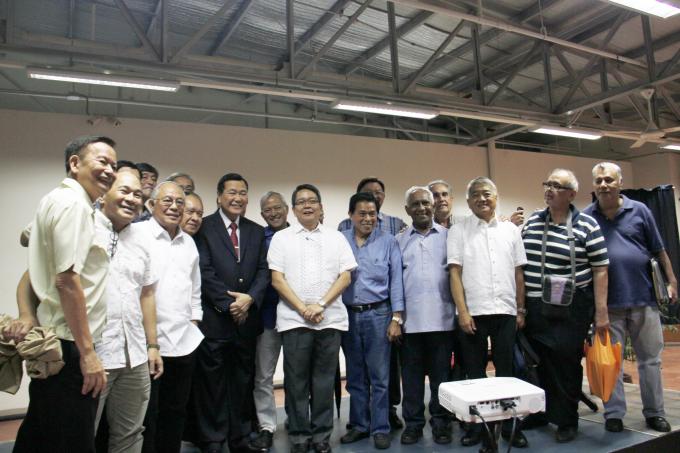Associate Justice Antonio Carpio back in alma mater, discusses the Philippines' claim on seas
Supreme Court Senior Associate Justice Antonio T. Carpio returned to the Ateneo last Sept. 9, 2016 to talk about the final arbitrations on the islands in the West Philippine Sea.
The forum and exhibit, titled "Mapping the Philippine Claim: Spratlys and Pulo in Ancient Maps," was held at the Rizal Library Study Hall. In his talk, Justice Carpio explained the final award on the arbitration case last July 12, 2016 at the Permanent Court of Arbitration in The Hague.
He said that the root cause of the dispute between the country and China was an invalid map the latter submitted to the United Nations Convention on the Law of the Sea (UNCLOS), claiming that they owned everything within its 9-dash-line, a zone in Chinese maps that included almost the entire West Philippine Sea, which is part of the South China Sea.
"The ruling of the tribunal was that the 9-dash-line cannot serve as a legal basis to claim any maritime zone under UNCLOS," Justice Carpio said. “They cannot claim any resources of the sea and air that fall within the 9-dash-line.”

Justice Antonio Carpio
Contrary to China’s territorial claims, Justice Carpio said that the issues the Philippines raised were only maritime-related, such as the geological features of the Spratlys and China's unlawful acts towards the Philippines.
"All the issues we are raising are maritime issues," he said. "These are not territorial issues, which involve sovereignty and ownership. We had to carefully craft our claim so it will not have a claim of territory.”
To support the country's claims, the Philippines submitted ancient stone maps of China showing that Hainan is the southernmost part of China. "If you superimpose the dynasty maps of China, their territory ended in Hainan. Never did it reach Paracels, Scarborough and the Spratlys," Justice Carpio said.
While the Philippines may have won the case, implementation might prove to be a challenge. Justice Carpio asked how the country could use this exclusive economic zone.
He said that since 2,000 years ago, the Chinese already had their minds set on the idea that South China Sea was theirs. "All the Chinese today, they grew up being taught that they own the South China Sea. That's why when we sat down with them, they automatically said, 'No, we own that. There is no dispute,'" he said.

The map that shows Hainan is the southermost part of China
In order to change that mindset, Justice Carpio said, Filipinos need to convince the world and the Chinese that their claim is wrong.
"We have to lay down the foundations and ruling. We have to convince the people because the government will not comply with the ruling," he said.
Justice Carpio added that although this step will take time it shouldn't make Filipinos lose heart. "We have to lead this battle by asking, convincing the world community to help us convince China and its people to follow international law,” he said.
A steward of the country
In his opening remarks, University President Fr. Jose Ramon Villarin, SJ thanked Justice Carpio for his "tireless pursuit of preserving Philippine sovereignty.
"As a member of the Philippine team during the arbitration in The Hague, he has done extensive work that has been the foundation for the country's case about the disputed islands in the South China Sea," he said.
Fr. Villarin also said that Justice Carpio was like a steward of the country—a way of expressing one’s value to become men and women for others. "On behalf of the Ateneo de Manila, I wish to thank Justice Carpio and his colleagues for their passion to defend the rights of all countries to their shared resource," he said. "We thank him for being the steward that he is."

(Left to right) Ateneo School of Law faculty member Atty. Anthony Abad (emcee and discussion moderator), Vice President for the Loyola Schools Dr. Maria Luz Vilches, Senior Associate Justice Antonio Carpio and University Pres. Fr. Jose Ramon Villarin, SJ

Justice Carpio with Fr. Villarin and the Golden Jubilarians
The Vice President for the Loyola Schools, Dr. Maria Luz Vilches, also thanked Justice Carpio for his work, saying, "We had an excellent presentation that gave us a wider perspective on how to understand his phenomenon."
Dr. Vilches also thanked Justice Carpio's High School Batch '66, the Golden Jubilarians, and the Silver Jubilarians for their support and for attending the event.
Together with the Rizal Library, "Mapping the Philippine Claim" was also in collaboration with the Ateneo Art Gallery, the Institute for Maritime and Ocean Affairs (IMOA) and with a number of students who helped organize the event.
The coinciding exhibit can be viewed at every floor of the Rizal Library until Sept. 30, 2016.
Listen to Justice Carpio's speech here.
